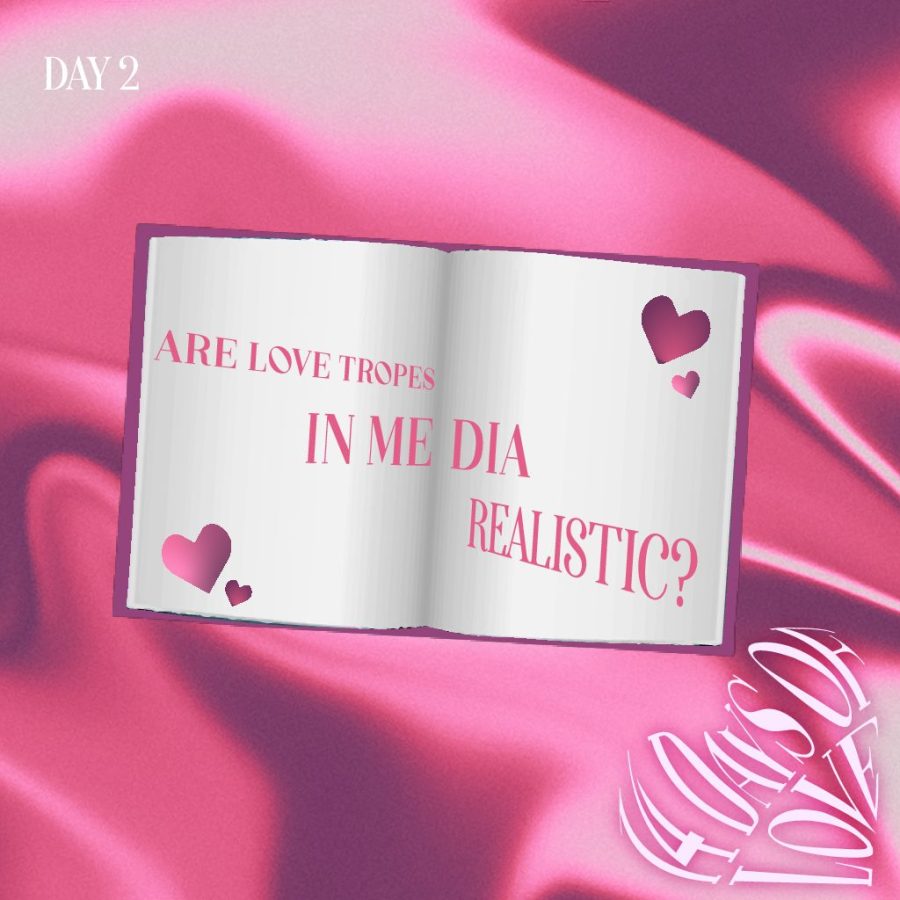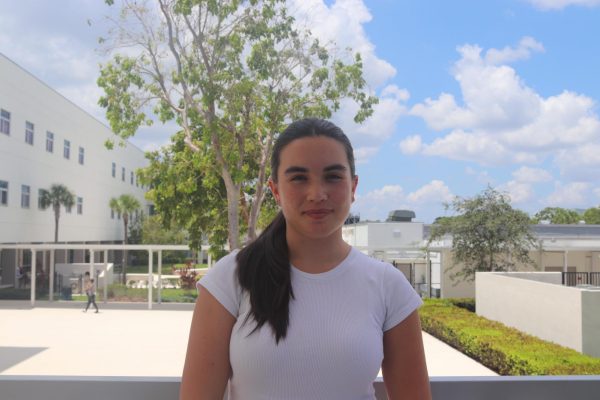14 Days of Love Day 2: Are Love Tropes in Media Realistic?
February 2, 2023
A trope is defined as a commonly occurring theme that readers can recognize. This can apply to any relationship type, whether romantic or platonic. However, today the term “trope” primarily refers to a plot device used in fiction — most notably in romance novels, but applicable to any genre.
Although tropes are present in almost every story, some writers consider them overused and unoriginal. When a story is reliant on a trope, the plot and characters can end up lackluster and ordinary. However, tropes can be tasteful in moderation, ensuring that the writer’s voice still shines through.
Tropes paint pictures of what love is meant to resemble, but many critics argue that they are unrealistic and overexaggerated. Three of the most commonly used love tropes in books and movies include: love triangles, friends to lovers and enemies to lovers:
Love Triangle:
The love triangle trope refers to when a main character in a book or movie is stuck between two different love interests, with the two love interests typically competing for the main character’s attention. Many classic and popular books use this trope, including: “Wuthering Heights,” “Pride and Prejudice,” “The Great Gatsby,” “The Hunger Games,” “Twilight” and more.
Even though this is one of the most popular love tropes, it is arguably one of the most unrealistic. In real life, most people do not typically have much trouble deciding who they prefer when choosing between two love interests. Even in books and movies, the character always likes one slightly more than the other, which is why it is easy to predict who they will end up with.
Additionally, most people do not struggle with having two love interests at the same time. Writers often use this trope to create drama between characters and make the story more interesting. This tactic usually works, but the writer must be careful in order to truly make the triangle balanced.
Friends to Lovers:
The friends to lovers trope occurs when two characters establish a friendship, usually from childhood, and develop romantic feelings for one another over time, becoming partners later in their lives. Some examples of books and movies adhering to the friends to lovers trope are “The Fault in Our Stars,” “Love, Rosie,” “When Harry Met Sally” and “13 Going on 30.”
While this trope can be very trite or cheesy in books and movies, it is the most realistic. Most romantic relationships begin by establishing a friendship first and building an emotional foundation, which can then blossom into something more, therefore making this one of the most relatable tropes.
Enemies to Lovers:
The enemies to lovers trope is a favorite for many romance fans; yet, it is arguably one of the more unreasonable tropes. The term refers to two characters who start off strongly disliking one another, but throughout the story, overcome their differences and fall in love.
Enemies to lovers build immense tension and engage the reader, but in real life, people do not often fall in love with those that they have a hatred toward. It can also be harmful to readers who romanticize abusive relationships hidden behind this trope. While anger toward someone can make for a passionate relationship, it can also give people the impression that mistreatment by a significant other is tolerable.
While many consider these tropes cliché— even stereotypical and characteristic of lazy writing — some of the greatest love stories in literature revolve around these themes. They can be engaging and exciting, but like any story, the writer’s ability is what truly determines its strength.








